-
 Afrikaans
Afrikaans -
 Albanian
Albanian -
 Amharic
Amharic -
 Arabic
Arabic -
 Armenian
Armenian -
 Azerbaijani
Azerbaijani -
 Basque
Basque -
 Russian
Russian -
 Bengali
Bengali -
 Bosnian
Bosnian -
 Bulgarian
Bulgarian -
 Catalan
Catalan -
 Cebuano
Cebuano -
 Corsican
Corsican -
 Croatian
Croatian -
 Czech
Czech -
 Danish
Danish -
 Dutch
Dutch -
 English
English -
 Esperanto
Esperanto -
 Estonian
Estonian -
 Finnish
Finnish -
 French
French -
 Frisian
Frisian -
 Galician
Galician -
 Georgian
Georgian -
 German
German -
 Greek
Greek -
 Gujarati
Gujarati -
 Haitian Creole
Haitian Creole -
 hausa
hausa -
 hawaiian
hawaiian -
 Hebrew
Hebrew -
 Hindi
Hindi -
 Miao
Miao -
 Hungarian
Hungarian -
 Icelandic
Icelandic -
 igbo
igbo -
 Indonesian
Indonesian -
 irish
irish -
 Italian
Italian -
 Japanese
Japanese -
 Javanese
Javanese -
 Kannada
Kannada -
 kazakh
kazakh -
 Khmer
Khmer -
 Rwandese
Rwandese -
 Korean
Korean -
 Kurdish
Kurdish -
 Kyrgyz
Kyrgyz -
 Lao
Lao -
 Latin
Latin -
 Latvian
Latvian -
 Lithuanian
Lithuanian -
 Luxembourgish
Luxembourgish -
 Macedonian
Macedonian -
 Malgashi
Malgashi -
 Malay
Malay -
 Malayalam
Malayalam -
 Maltese
Maltese -
 Maori
Maori -
 Marathi
Marathi -
 Mongolian
Mongolian -
 Myanmar
Myanmar -
 Nepali
Nepali -
 Norwegian
Norwegian -
 Norwegian
Norwegian -
 Occitan
Occitan -
 Pashto
Pashto -
 Persian
Persian -
 Polish
Polish -
 Portuguese
Portuguese -
 Punjabi
Punjabi -
 Romanian
Romanian -
 Russian
Russian -
 Samoan
Samoan -
 Scottish Gaelic
Scottish Gaelic -
 Serbian
Serbian -
 Sesotho
Sesotho -
 Shona
Shona -
 Sindhi
Sindhi -
 Sinhala
Sinhala -
 Slovak
Slovak -
 Slovenian
Slovenian -
 Somali
Somali -
 Spanish
Spanish -
 Sundanese
Sundanese -
 Swahili
Swahili -
 Swedish
Swedish -
 Tagalog
Tagalog -
 Tajik
Tajik -
 Tamil
Tamil -
 Tatar
Tatar -
 Telugu
Telugu -
 Thai
Thai -
 Turkish
Turkish -
 Turkmen
Turkmen -
 Ukrainian
Ukrainian -
 Urdu
Urdu -
 Uighur
Uighur -
 Uzbek
Uzbek -
 Vietnamese
Vietnamese -
 Welsh
Welsh -
 Bantu
Bantu -
 Yiddish
Yiddish -
 Yoruba
Yoruba
Imyenda yo mu mufuka no kumurongo
T / C 65/35 cyangwa 80/20 110 * 76 cyangwa 96 * 72 imyenda yo mu mufuka no gushushanya
. Mibikoresho: TC 65/35 cyangwa 80/20
. Ubwoko bw'imyenda: Ikibaya, herriongbone
. Ikiranga:Ibidukikije
. Icyitegererezo: A4 Ingano Nicyitegererezo cyubusa
. Ibara: Guhitamo
. Ubugari:150cm.
Kurangiza gukoresha: umufuka
gusaza & Gutanga & Kohereza
- Ibisobanuro birambuye: Imbere mu gikapu cya PE, hanze umufuka uboshye ect ..
- Igihe cyo kuyobora: iminsi 35-40
- Kohereza: Ukoresheje Express, mukirere, ninyanja, ukurikije icyifuzo cyawe
- icyambu cy'inyanja: icyambu icyo ari cyo cyose mu Bushinwa
What Material For Pocket Lining?
Pocket lining fabrics need to be durable, lightweight, and comfortable since they endure constant friction and movement inside garments. Common materials used for pocket linings include:
Soft, breathable, and natural
Comfortable against the skin
Durable if woven tightly
Often used in casual and higher-end garments
Polyester or Polyester Blends (Polyester/Cotton, aka TC fabric)
Strong, lightweight, and wrinkle-resistant
More durable and abrasion-resistant than pure cotton
Often used in workwear and uniforms for longevity
Dries quickly and resists shrinking
Very durable and smooth
Lightweight and resistant to tearing
Common in sportswear and outdoor clothing pockets
These are types of fabric weave rather than materials but often made from cotton, polyester, or blends
Poplin is smooth and crisp
Twill is sturdy with diagonal ribs, offering enhanced durability
For comfort and breathability, Ipamba 100% or cotton blends are preferred.
For durability and longevity, polyester or nylon linings are excellent choices.
Many manufacturers choose polyester/cotton blends for a balanced combination of comfort and durability.
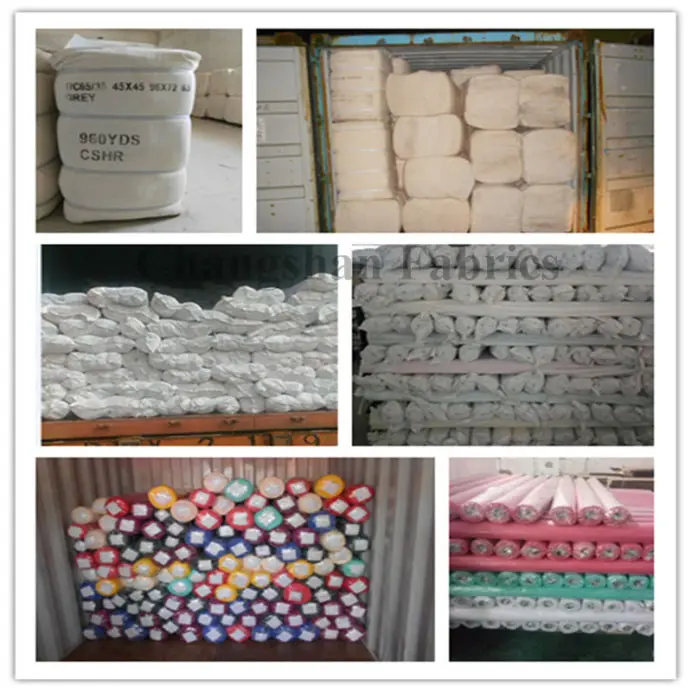
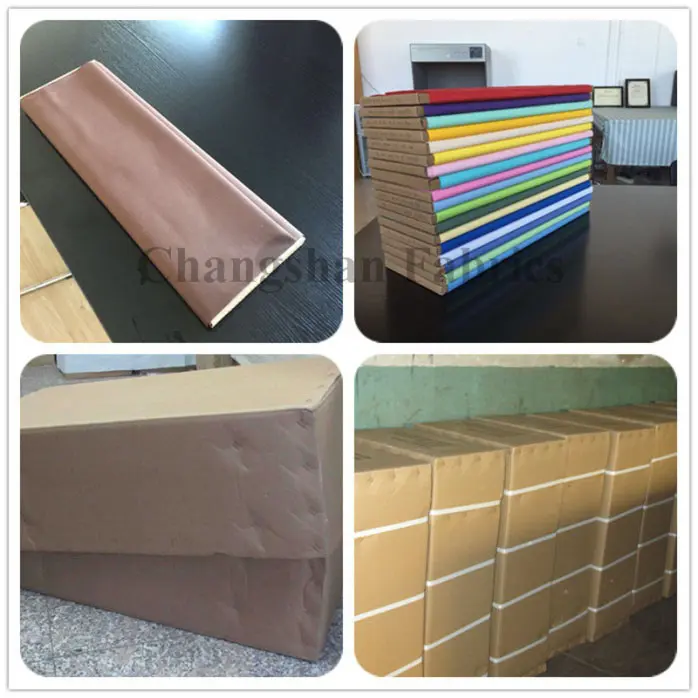
Amakuru yisosiyete
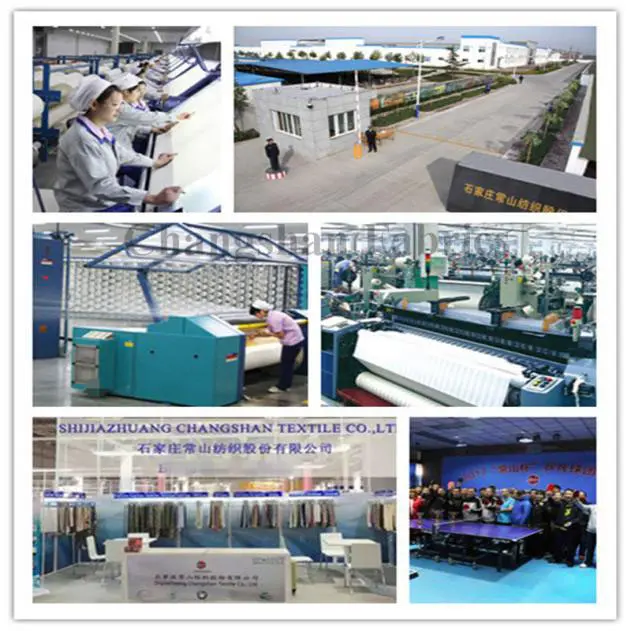
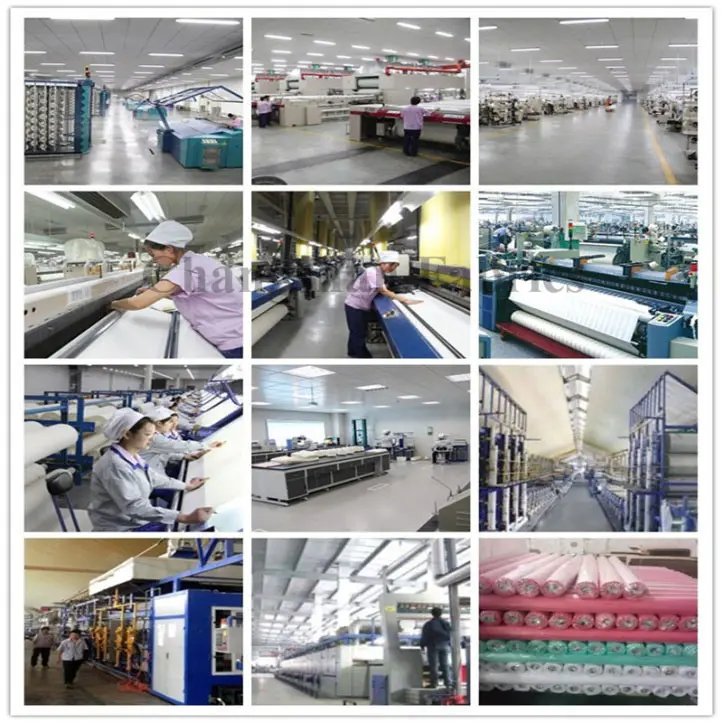
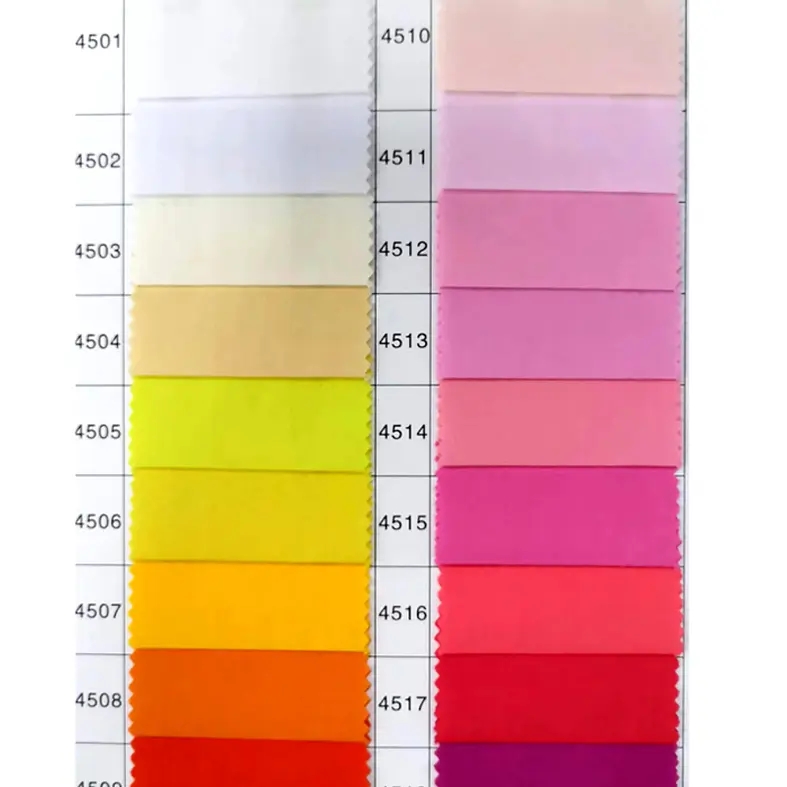
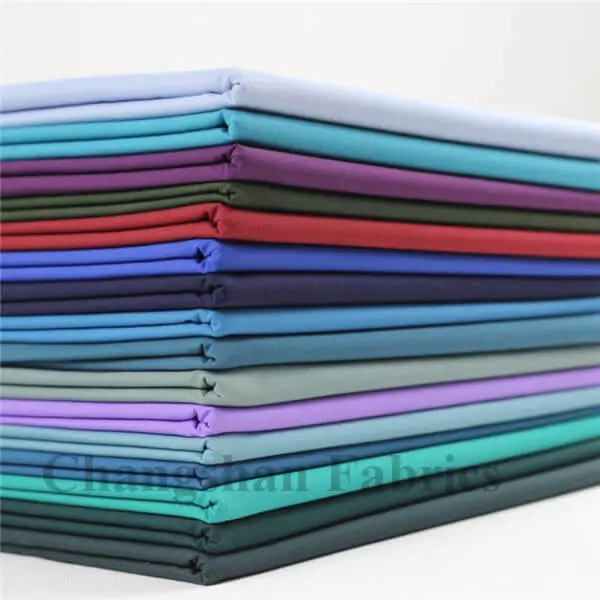

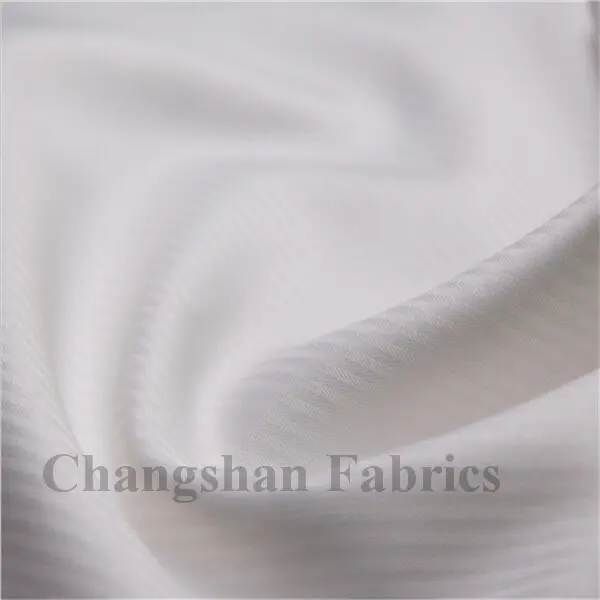
Uburenganzira © 2025 Hebei Henghe Bangxing New Material Co., Ltd. Uburenganzira bwose burabitswe. Sitemap | Politiki Yibanga


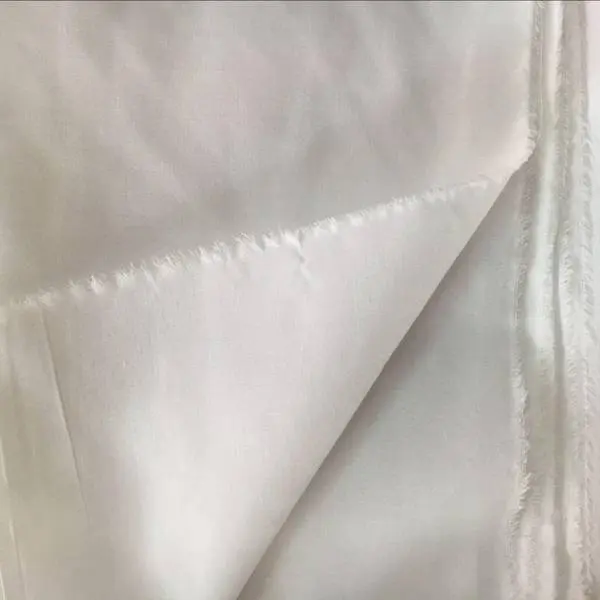
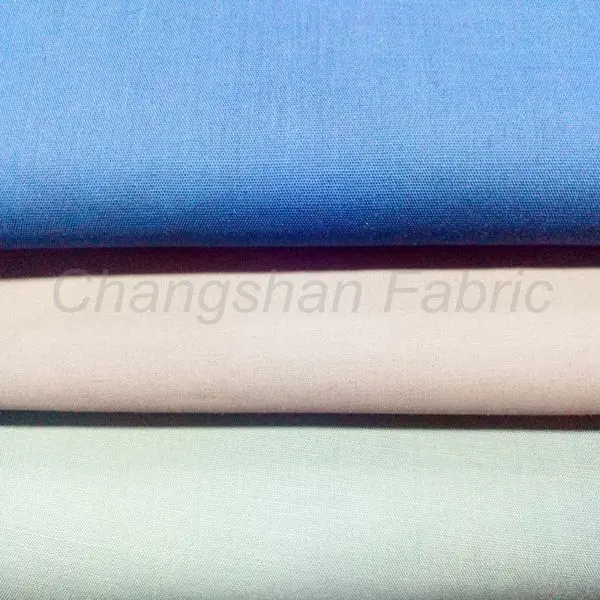
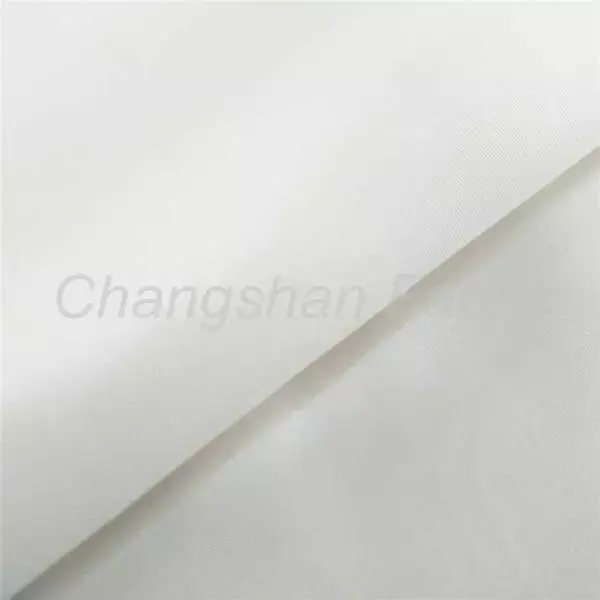
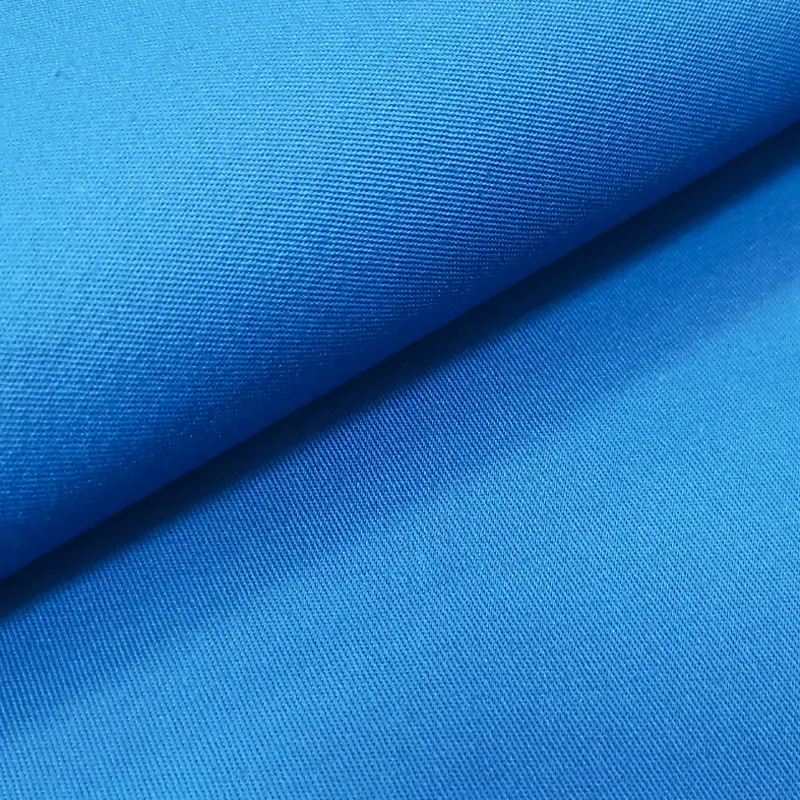
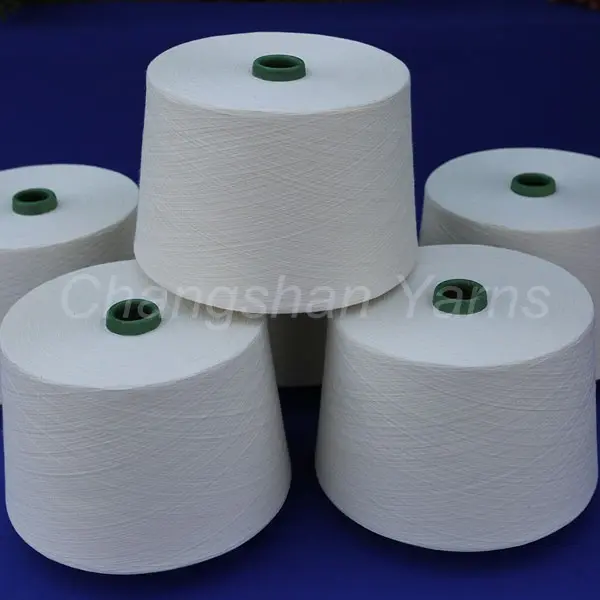
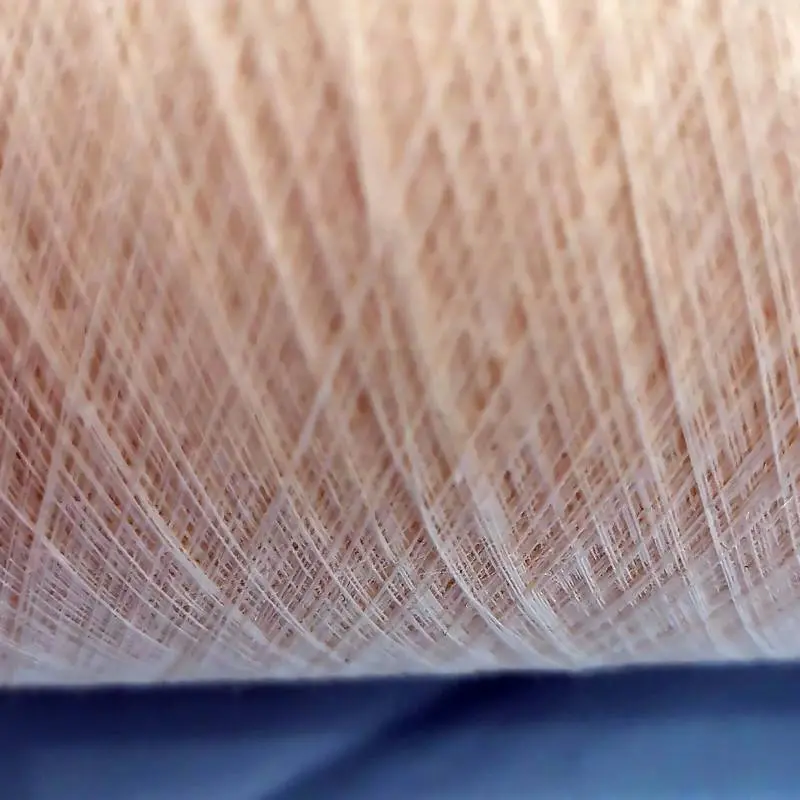
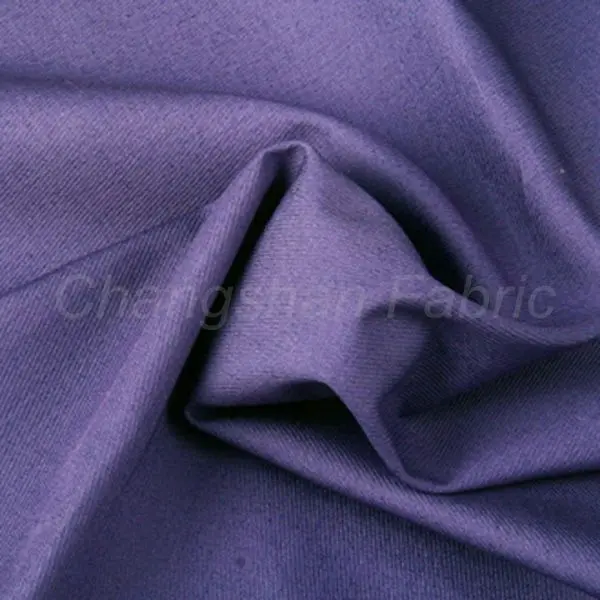
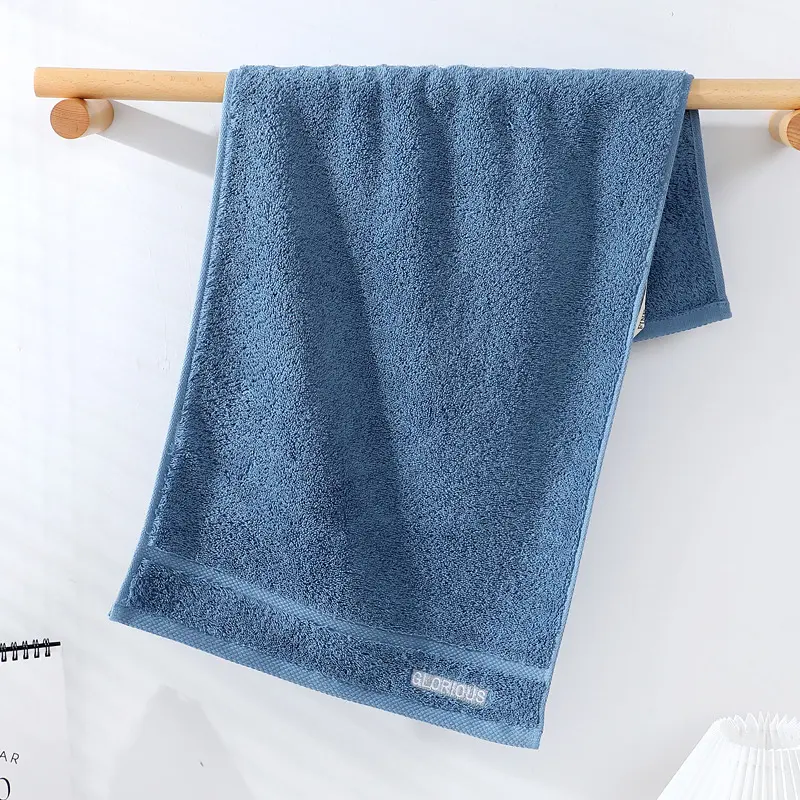
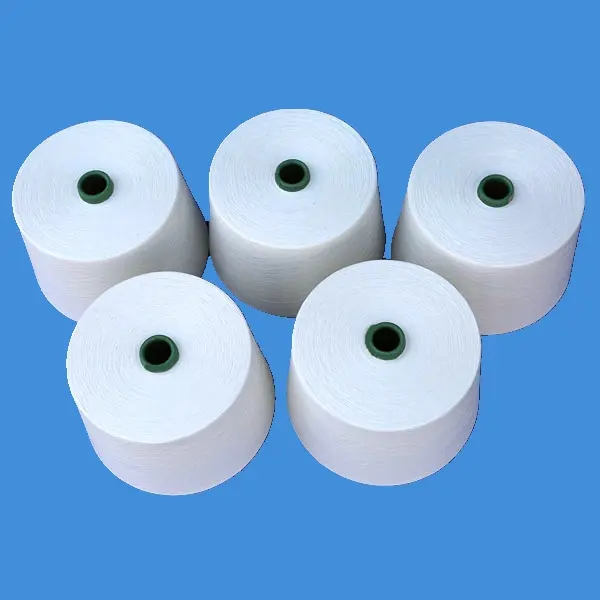
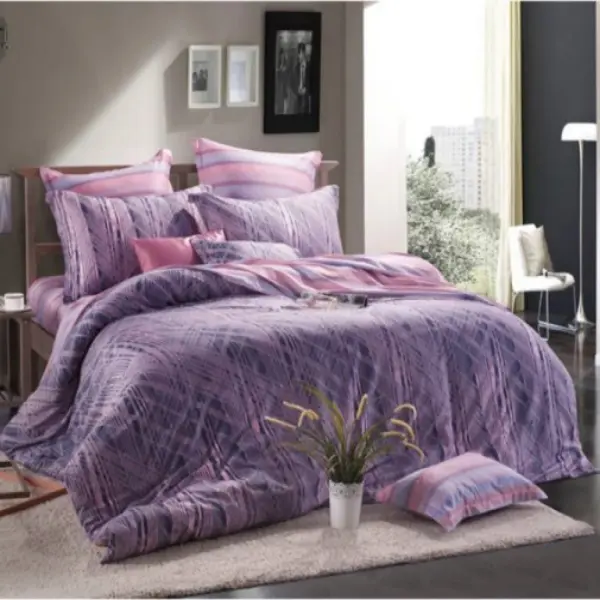
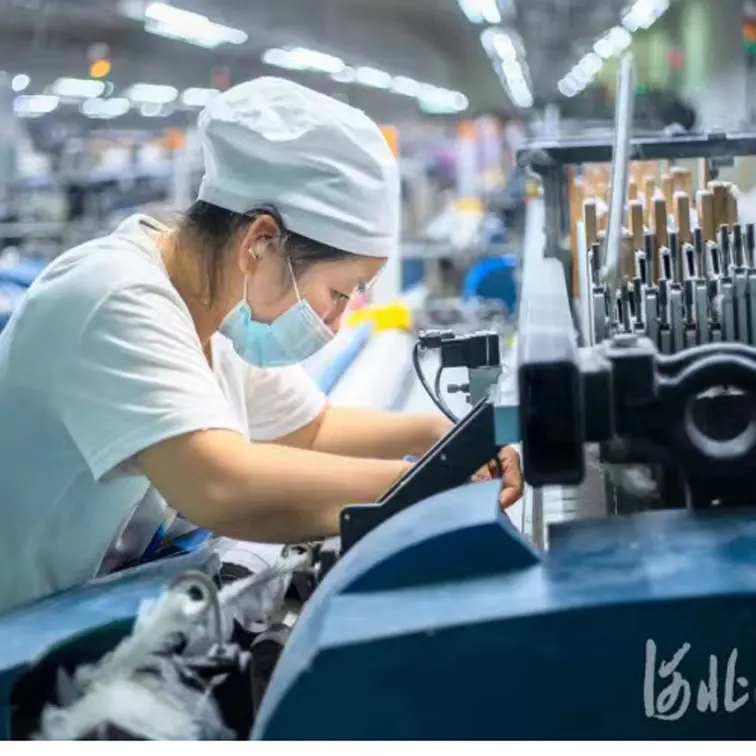
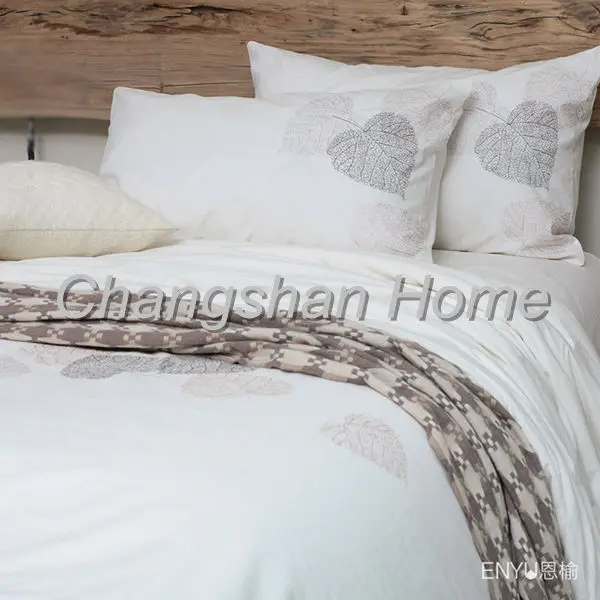
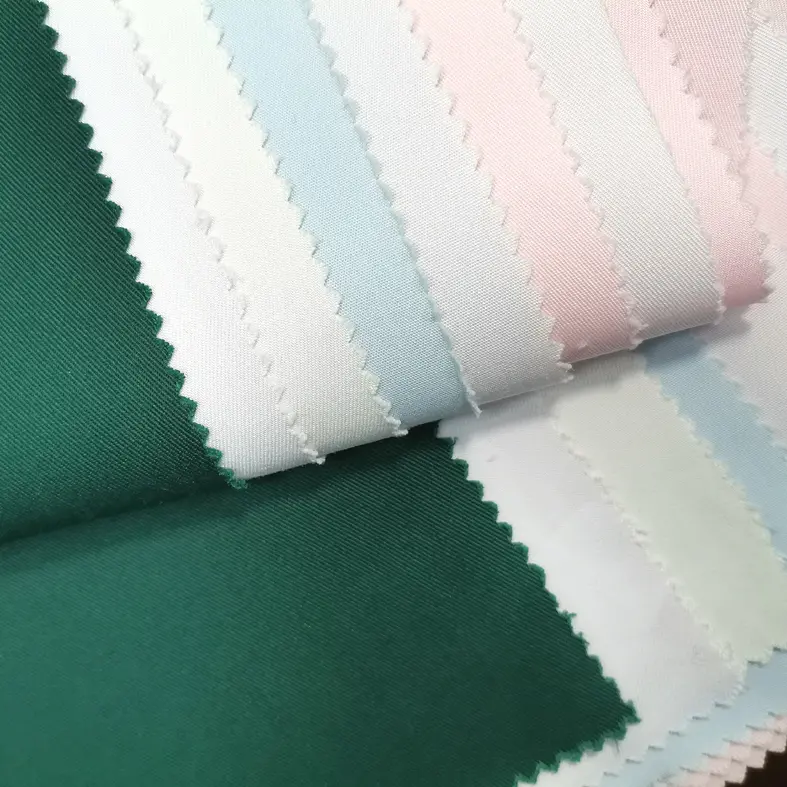
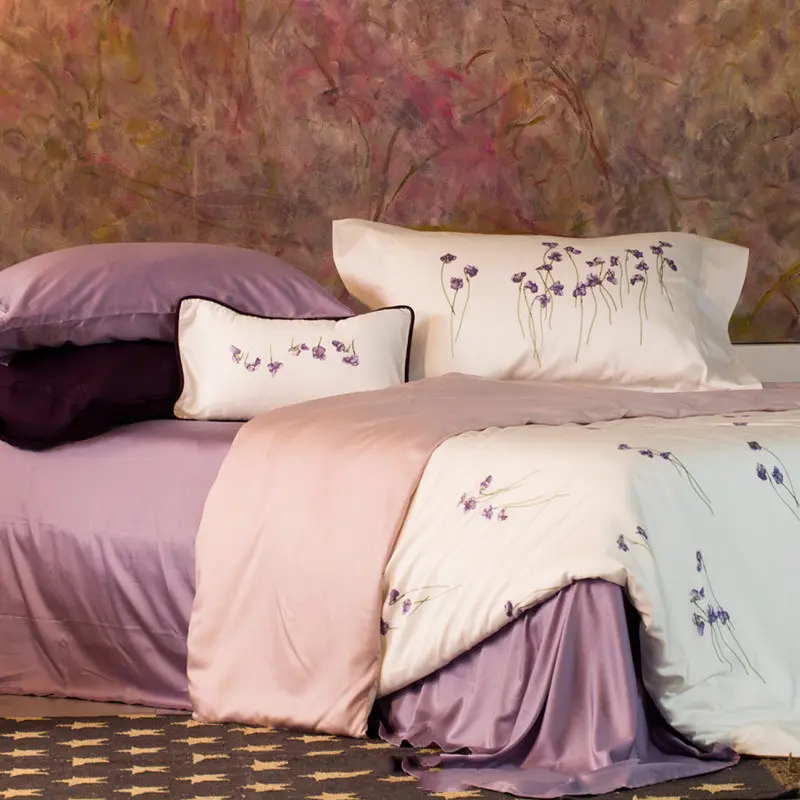
 Uruhu
Uruhu Binyuranye
Binyuranye Kuramba
Kuramba Bijejwe
Bijejwe
